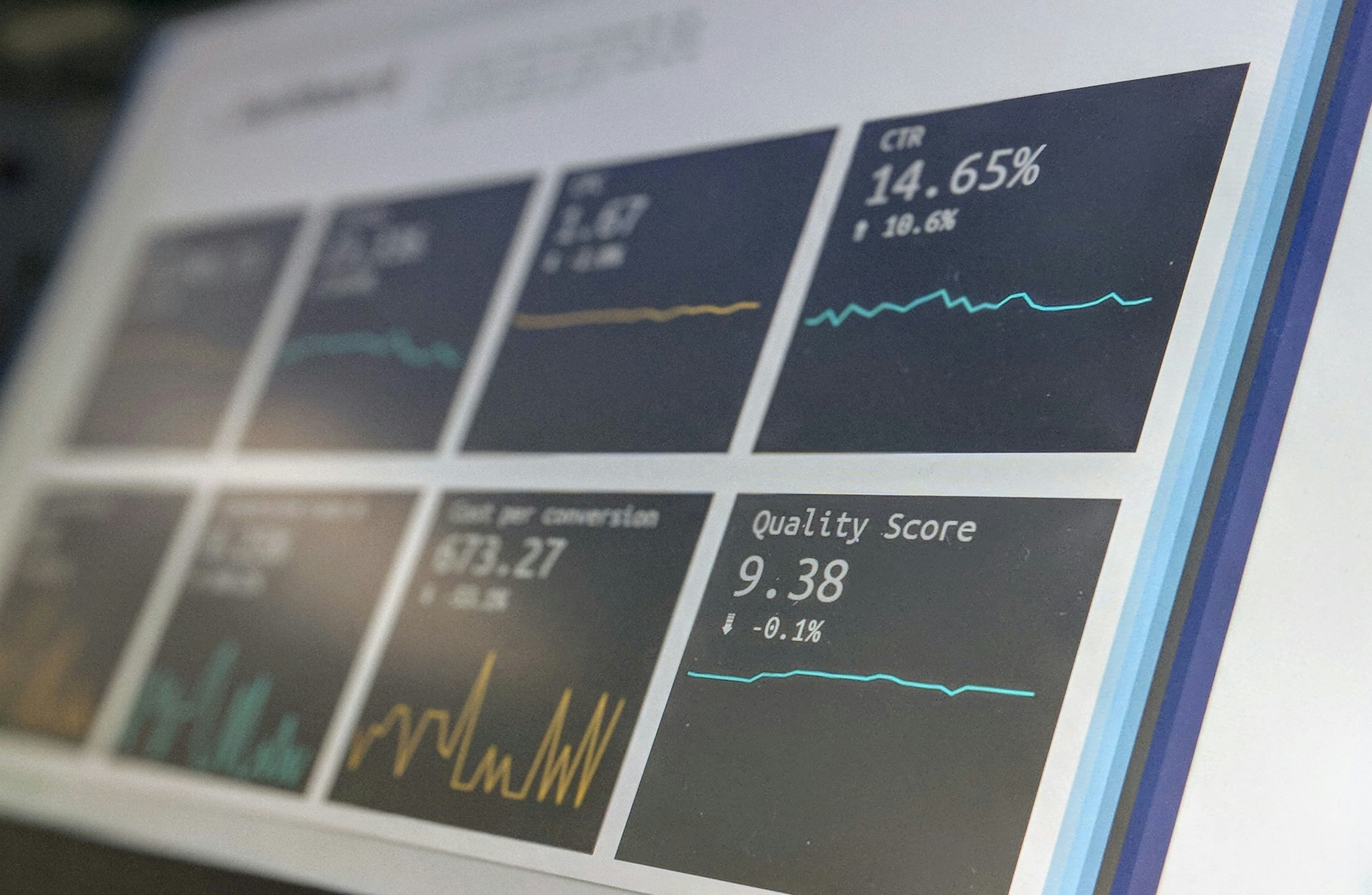This week, a number of folks asked me how a quick, in-house risk assessment and analysis might occur. My thoughts immediately jumped to FRAP for risk assessment, and I wanted to share the brief overview I provided to help them understand how they might get started.
What is a FRAP Risk Assessment?
FRAP stands for “Facilitated Risk Analysis Process.” It is a formal methodology that is designed to be fast and simple. Foundational steps include:
- A brainstorming session to list threats,
- The assignment of a simple probability (i.e. High/Medium/Low) to each threat,
- The assignment of simple impact (i.e. High/Medium/Low) to each threat,
- The identification of controls for the listed threats, and
- A management summary.
What is the Value of FRAP?
FRAP allows you to conduct a full risk analysis in hours or days by providing a prioritized list of threats and controls. It quickly enables executives to make decisions on project and budget approvals, provides valid reasons for implementing cost-effective controls to limit exposure, and often times surfaces resource and skill needs.
Who Participates in a FRAP Risk Assessment?
The key to any quick process is a small, tightly controlled group. In addition to a dedicated facilitator and scribe, there should be a small set of subject matter experts (SMEs) (not necessarily leaders) who represent the entire constituency.
How Does the FRAP Session Play Out?
The Facilitator is key; they must keep the SMEs on topic and on-time. They must:
- Recognize all input; encourage participation,
- Observe non-verbal responses,
- Listen and involve the team; they cannot lecture,
- Keep the objective at the forefront, and
- Stay neutral.
There are many sources of information available on FRAP, so do not be afraid to do some Google-ing. Alternatively, reach out to our team of experts today to get started on your FRAP journey. We’ll guide you through the entire process, from implementation to maintenance.
You Might
also be Interested In

Want to learn more?
Subscribe today to get regular updates from Highspring







